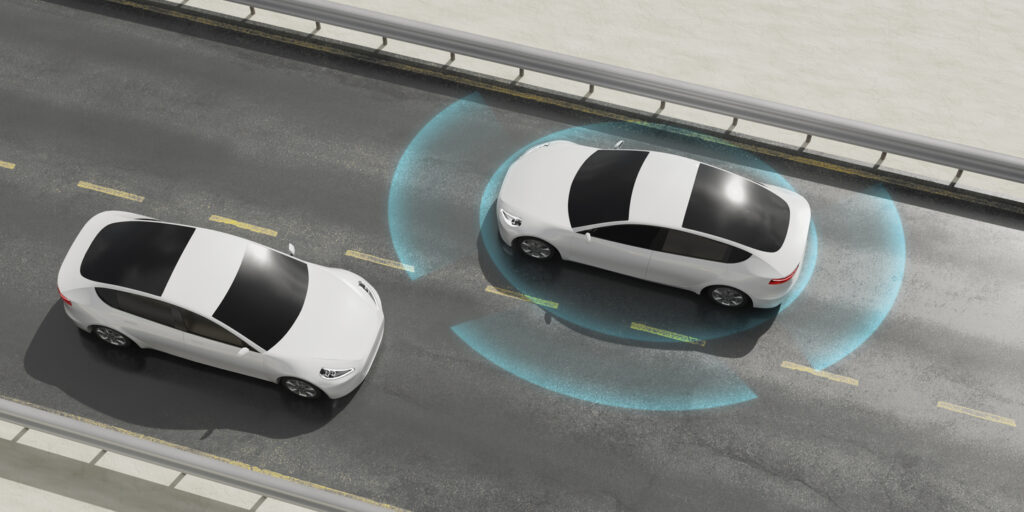How do you best obtain feedback from key users and decision makers that provide independent insights and constructive suggestions? Focus groups work to show what exactly these individuals are thinking.
When your company is considering launching a new product, what critical information is needed? Focus group discussions can be a great way to start product concept evaluation.
Focus groups are a qualitative data collection method employed to gain valuable insights into attitudes, behaviors, product positioning statements, and any product unmet needs.
Focus Group Options
Focus groups use the direct voices of respondents to learn more about their opinions, behaviors, and attitudes. Qualitative data like this can be collected in-person, online, or through product and customer clinics. Focus group feedback is then used to draw conclusions about the product concept and larger market it is entering. There are three main types of focus group methodologies:
- In-person focus groups
- Virtual focus groups
- Online bulletin boards (OBBs)
In-Person Focus Groups
Typically, in-person focus groups will involve about 10 key decision makers that are stakeholders within a certain industry, function, or product that is under evaluation. These respondents should be an ideal mix of influencers for the topic at hand. To ensure this, “best fit” group types should be crafted. These classifications can be narrow (each respondent holds the same job title) or broad (different respondents have different qualifications).
In-person sessions will last approximately 90 minutes to 2 hours, covering a wide range of questions that are posed by the moderator. Clients and observers of this method have the option to be “behind the glass,” where they can listen and learn in real time.
Virtual Focus Groups
Virtual focus groups are very similar to an in-person format, but with a virtual setting. Zoom or Microsoft Teams platforms (among others) can be used to manage virtual waiting rooms, observer rooms, and participant admittance in an online environment.
While most of the group will be moderated verbally through video chat and audio, the chat function can also be utilized. This feature can facilitate questions during discussion, a quick poll, or quasi-quantitative inputs.
Online Bulletin Boards
Online bulletin boards can involve any number of participants. Unlike other focus group options, OBBs do not use real voices in real time, but instead pose a series of open-ended questions over the course of multiple days. Respondents can complete these at their own convenience, typing in their answers to comprise a database of feedback. This can be set up so that responses can be seen as they are completed or as a summary the next day to inform follow-up questions.
An OBB is typically 2-3 days in length, but they can span anywhere from 1 day to 1 month in length. Any topic can be evaluated this way; even pictures and videos can be shared for commentary!
How to Run a Focus Group
- Develop a discussion guide beforehand; see “How to Develop a Discussion Guide” below for more details
- Have each participant quickly introduce themselves. This helps to “break the ice”
- Foster open, honest, and iterative discussions
- Acknowledge that each respondent likely has a different perspective, each valuable in their own right
- Be cognizant of “air time.” Some participants may dominate the conversation, in which case the moderator should try to include other participants in the discussion
- Go with the flow of the group! If a great discussion is occurring, a topic may be on the table for shorter or longer than originally planned
How to Develop a Discussion Guide
A discussion guide is formulated for moderator usage, outlining all the categories that should be touched upon during a focus group session. Suggested time limits should be allotted to the following topics:
- Introduction of participants
- Review of trends in the market or industry
- Discussion about unmet needs in that market or industry
- Showcase of concept(s) to be evaluated
- Pros and cons of the concept
- Roadblocks to the product’s commercialization
- Final review of the concept
Obtaining Product Concept Intelligence
Product concepts can be shared with focus group participants in several different ways. Some choose to display actual prototypes in the room, while others use videos, story boards, or written descriptions. Each of these has the potential to successfully elicit feedback from participants.
Even if only one concept is on the table for eventual commercialization, at least three concepts should be shown to respondents. This will foster more discussion about the pros and cons of each concept and allow participants to draw comparisons among different features or attributes.
When exploring a product concept, there are several items you want participant feedback about. These include technical specifications, aesthetics, pricing, delivery, life cycle, and positioning statements. Within each discussion, valuable insights can be mined.
Martec specializes in crafting and executing these focus group options. Contact us for your market research needs as you begin to assess your product portfolio.




